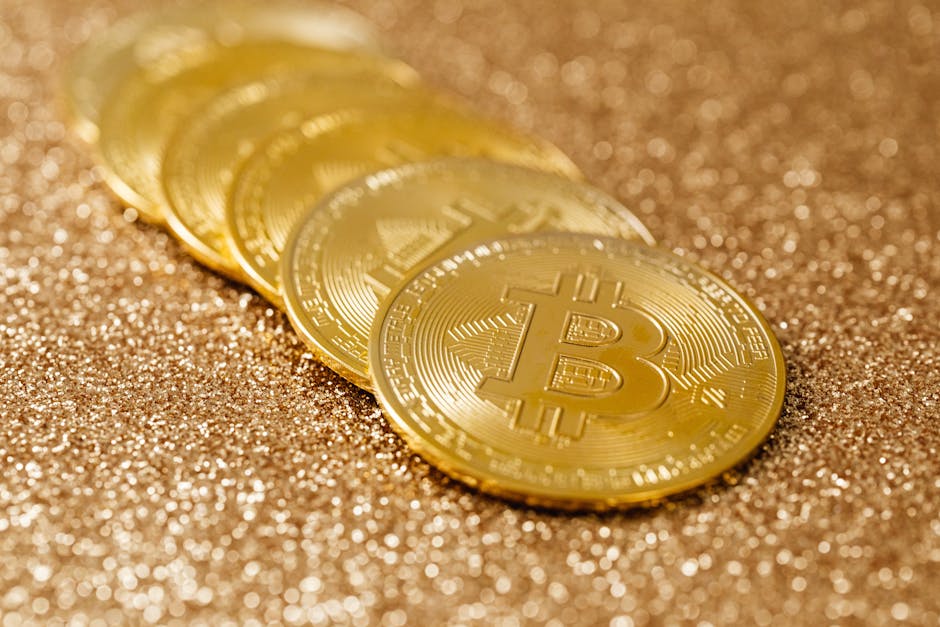
you can think of staking as putting money in a savings account where your funds are put to work and in return you can earn rewards that are typically much higher than the interest rates offered by Banks due to the risks involved so in this video we're gonna dive into what's taking is how it works and what platforms and cryptocurrencies support it so what is staking so in crypto when you stake your assets you lock up your coins in order to participate in running a blockchain and maintaining its security for an investor staking is a passive process but it's still important to fully understand how crypto staking works when we say staking we are typically referring to participating in the validation of a proof of stake Network now to learn more about the proof of State consensus mechanism you can check out our video right here basically stakers who actively lock up their crypto Holdings are participating in the Network's consensus process and are in essence approving and verifying transactions on the blockchain these Network participants who run nodes are also known as validators have their stake left up which can be slashed if they decide to act dishonestly it's important to mention that investors can stake their assets without the hassle of setting up and maintaining a validator node so this is made possible by staking pools which allow multiple holders to come together and pull their assets with a pool operator like Lido binance coinbase Kraken and more staking has some benefits for one it's easier to earn rewards compared to say mining especially since almost anyone can stake a small amount of crypto on a crypto exchange and earn some kind of yield mining on the other hand needs a much bigger commitment another benefit of staking is of course investors getting to earn yields or accumulate the underlying token that's it crypto staking does not come without risks let's have a look at some of them so first cryptocurrencies are as we know volatile due to the nature of crypto drops in price can easily outweigh the rewards you earn from staking number two some coins require a minimum lock-up period And so you cannot withdraw your assets during that period you're unable to do anything with your staked assets such as selling them also when you want to unstake your crypto there is often a specific waiting period for each blockchain before getting your coins back lastly there is counterparty risk you might miss out on rewards if the validator node holding your stake tokens doesn't do its job properly now that you understand the benefits and risks that come with staking here are some centralized staking platforms which try to make the staking process simple and convenient alright so first up we have coinbase where you can stake a selection of crypto assets including ethereum Solana and cardano as of making this video The Exchange offers up to 5.7 apy and charges a 25 Commission on all rewards received it's competitor binance offers locked and flexible staking as the name suggests flexible staking gives users Freedom at the cost of reduced staking rewards while locked staking allows them to lock assets for a fixed period of time in return for higher rewards Kraken also doubles up as a trading and staking platform unlike some other staking services at Kraken there is no minimum on-chain staking time needed to earn rewards except for assets like eth users can earn up to 23 apy on the platform by staking 17 different cryptocurrencies including cardano Solana and polkadot as always before interacting with any of these platforms we urge you to do your own research on them keeping in mind that staking in general plus using centralized platforms come with their own level of risk too if you want to learn more about earning crypto yields click this video right here [Music]





